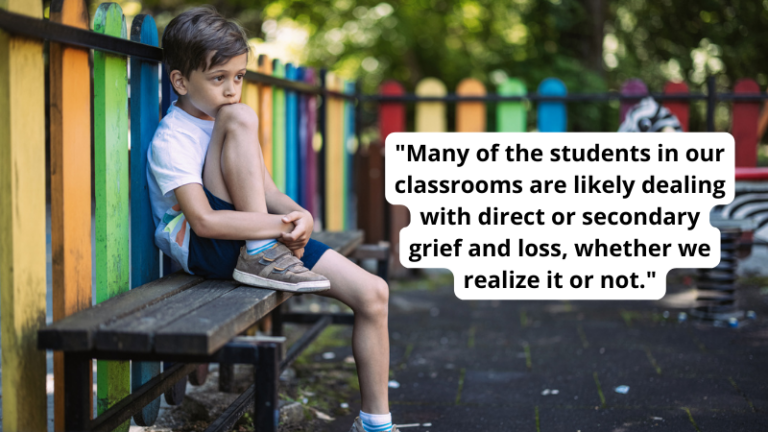Our social studies and history curricula are amplifying a diversity of voices more and more over time. We have made progress in exposing our students to the experiences of different racial, cultural, ethnic, religious, gender, and class identities. However, we still frequently leave out the history and narratives of the disability community.
This is problematic for several reasons. First, disability spans every identity. Anyone from any racial, cultural, ethnic, religious, gender, or class identity can be affected by disability, either temporarily or permanently. In addition, our classroom communities contain many students with disabilities. If we do not teach disability history in our classrooms, we are dismissing the identities of many of the youth we serve and many of their family members. Children need to see themselves represented throughout history to understand their identities and the identities of others.
We also need to teach children how far we have come in history and how far we still need to go. Youth advocacy has the power to make an incredible difference in the current state of our world. As with any history lesson we teach, it is crucial to include diverse voices throughout the year and across the grades, not just during that group’s dedicated month of awareness or celebration.
Below are five ways you can begin to incorporate disability history into your classroom.
1. Incorporate lessons on disability history into social studies and civics units.
Many landmark moments in disability history parallel moments frequently taught in schools, such as the Civil Rights Movement and the fight for equal access to public education. As you plan your social studies and civics units, consider what major movements in disability history might parallel the timelines and themes in your units. A Timeline of Disability Rights in the United States can be a good place to familiarize yourself with key dates and legislation. Several programs have also been developed to teach disability history, such as the Just Say Hi curriculum and the Museum of disABILITY History. As with other identities we highlight in history, it is critical to incorporate disability history lessons throughout the year and across the grades, not just a one-time lesson during Disability History Month in October.
2. Include books on disability history in your classroom and school library.
Both nonfiction and historical-fiction books discuss key points in disability history within their texts. There are many books now published that are suitable for a variety of ages and grade levels. When available, it is important to include disability history books that provide firsthand accounts or are written by members of the disability community. Here is a selection of books that address disability history.
Grades Pre-K–2
All the Way to the Top: How One Girl’s Fight for Americans With Disabilities Changed Everything (Nonfiction) by Annette Bay Pimentel
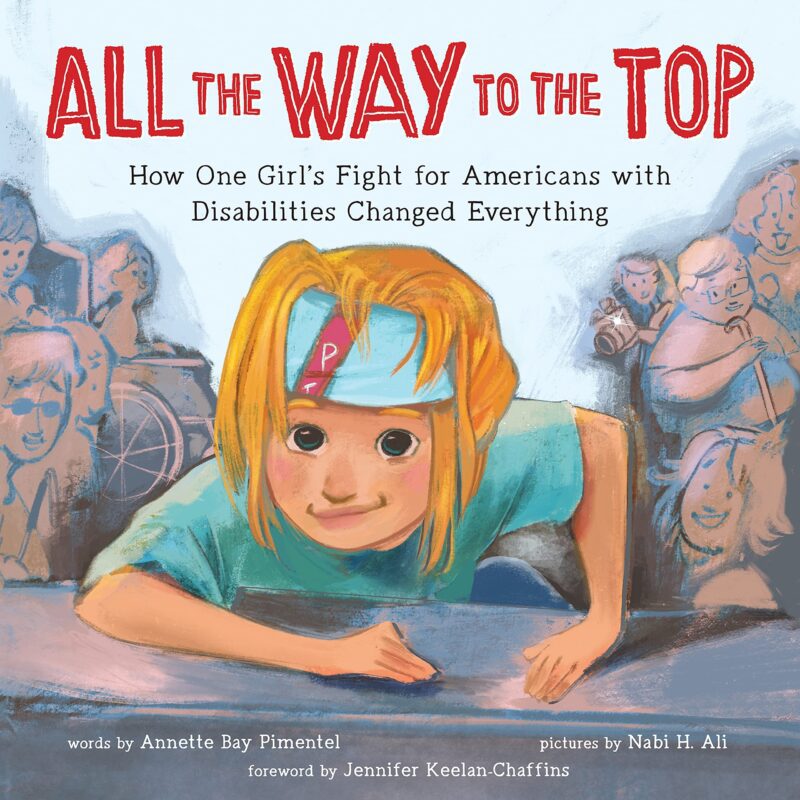
Buy it on Amazon: All the Way to the Top
Fighting for Yes! The Story of Disability Rights Activist Judith Heumann (Biography) by Maryann Cocca-Leffler

Buy it on Amazon: Fighting for Yes!
We Want To Go to School! The Fight for Disability Rights (Historical Fiction) Maryann Cocca-Leffler and Janine Leffler
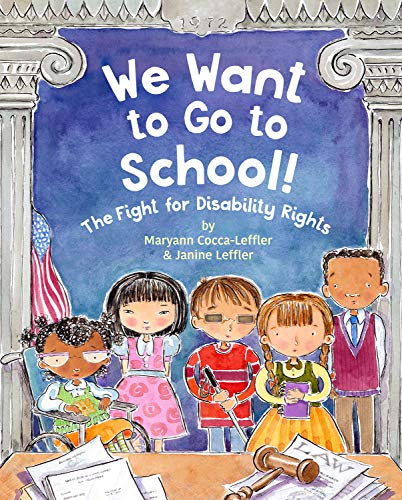
Buy it on Amazon: We Want To Go to School!
Grades 3–5
Born Just Right (Autobiography) by Jordan Reeves and Jen Lee Reeves

Buy it on Amazon: Born Just Right
I Am Not a Label: 34 Disabled Artists, Thinkers, Athletes, and Activists From Past and Present (Nonfiction) by Cerrie Burnell
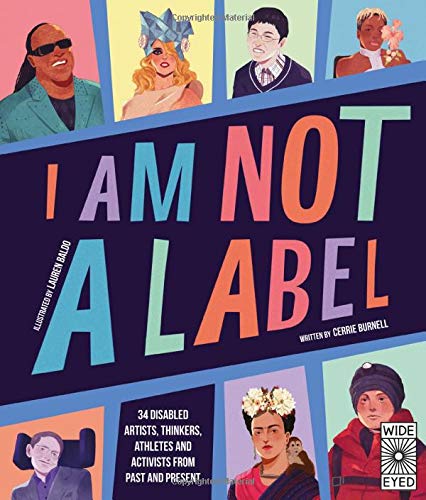
Buy it on Amazon: I Am Not a Label
Louis Braille: The Boy Who Invented Books for the Blind (Nonfiction) by Margaret Davidson

Buy it on Amazon: Louis Braille
Grades 6–8
Rolling Warrior: The Incredible, Sometimes Awkward, True Story of a Rebel Girl on Wheels Who Helped Spark a Revolution (Autobiography) by Judith Heumann with Kristen Joiner
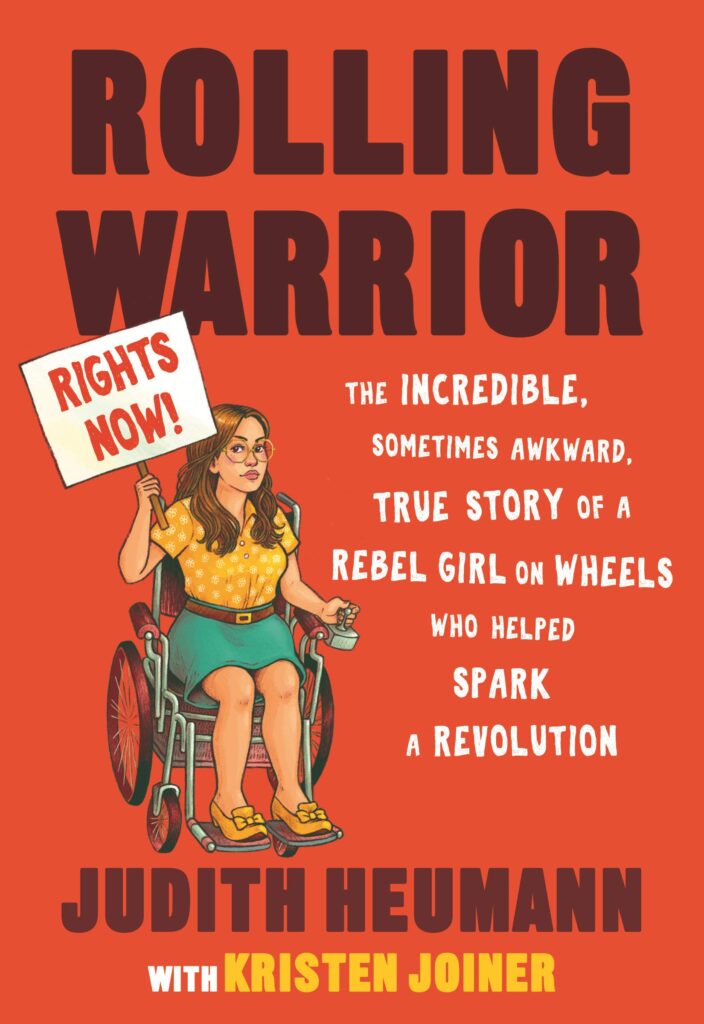
Buy it on Amazon: Rolling Warrior
Show Me a Sign (Historical Fiction) by Ann Clare LeZotte
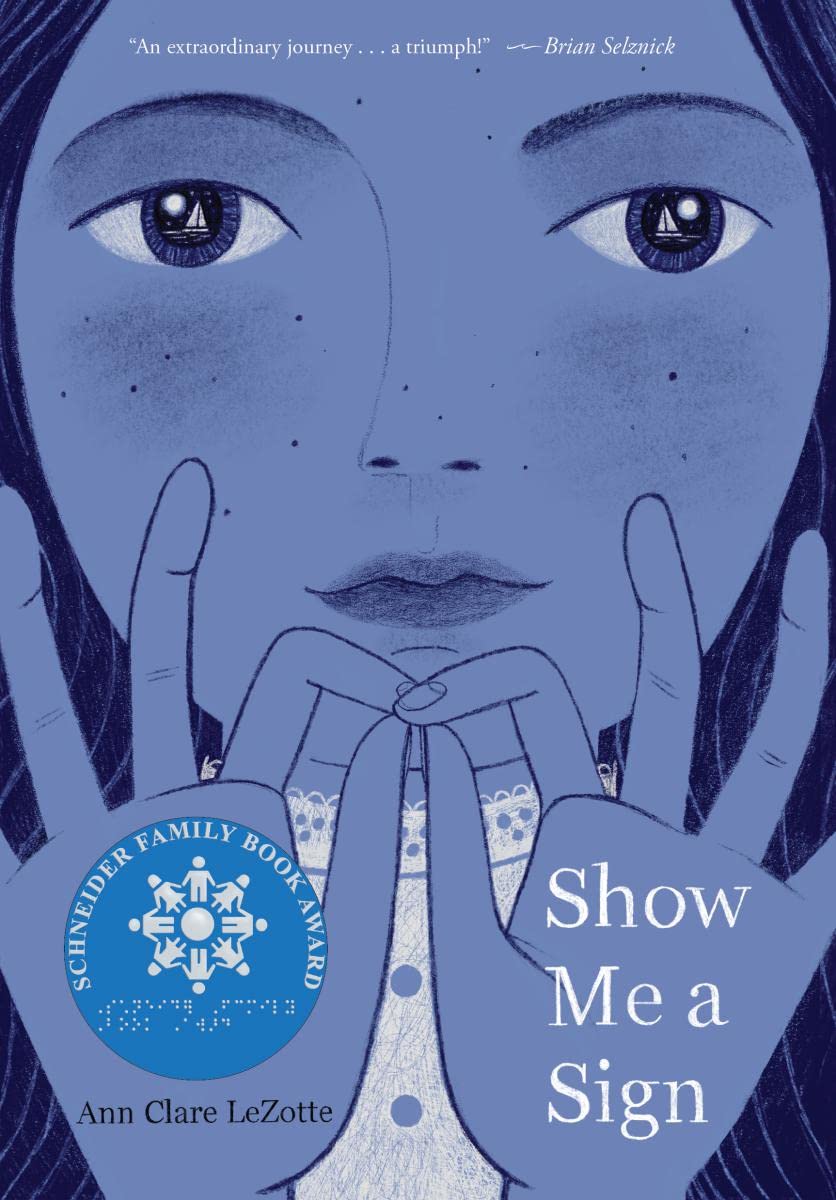
Buy it on Amazon: Show Me a Sign
The Fight for Disability Rights (Activism in Action: A History) (Nonfiction) by Lisa A. Crayton
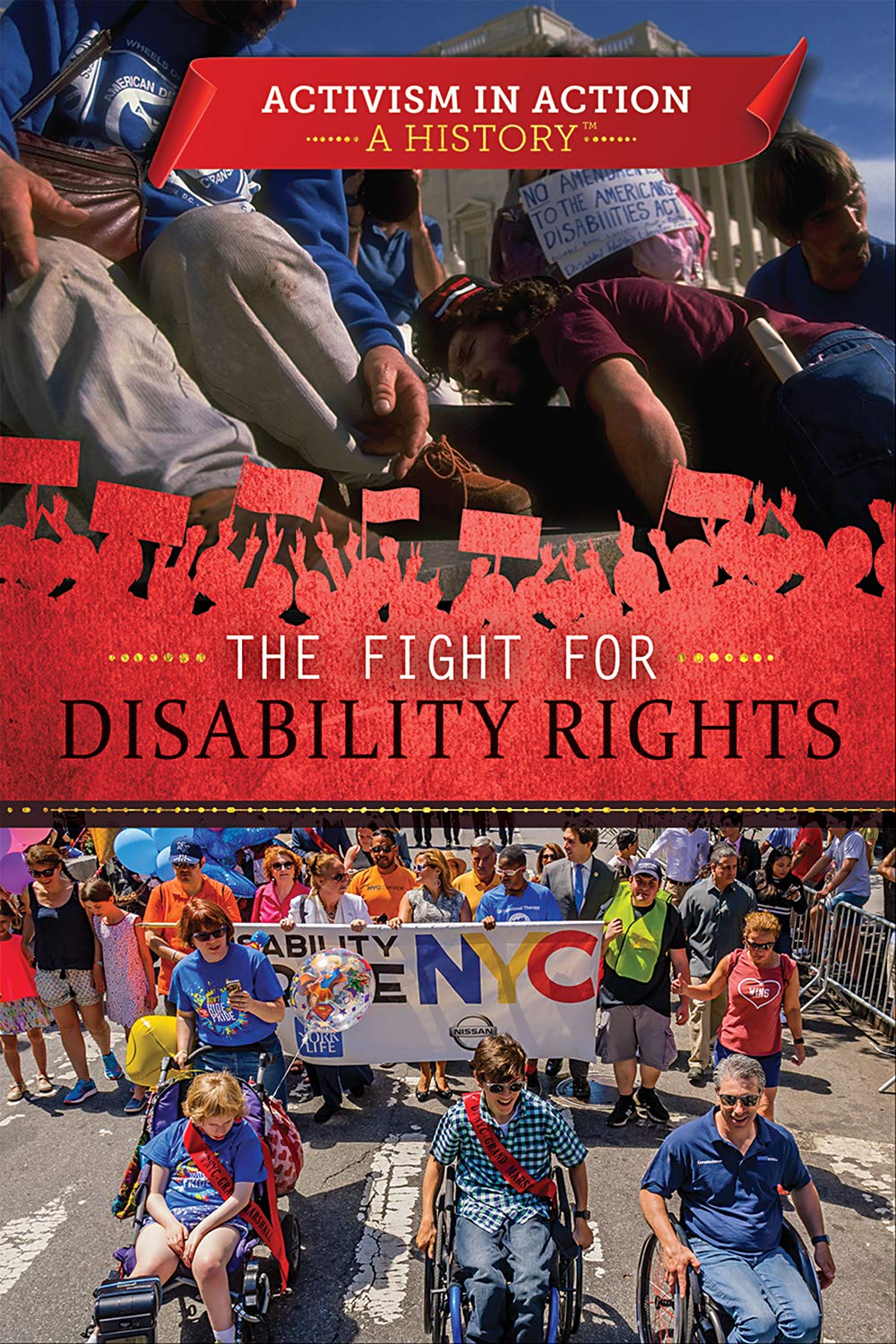
Buy it on Amazon: The Fight for Disability Rights
Grades 9–12
A Disability History of the United States (Nonfiction) by Kim E. Nielsen

Buy it on Amazon: A Disability History of the United States
Disability Pride: Dispatches From a Post-ADA World (Nonfiction) by Ben Mattlin

Buy it on Amazon: Disability Pride
Haben: The Deafblind Woman Who Conquered Harvard Law (Autobiography) by Haben Girma

Buy it on Amazon: Haben
For more titles, check out 16 Shelf-Worthy Children’s Books About Disabilities for All Students.
3. Highlight disabled artists, musicians, and other thought leaders in your classroom.
We fill our classrooms with posters, artwork, and music throughout the year. We often think about diverse representation in terms of race, gender, ethnicity, and culture, but less so in terms of disability. Some ways to highlight disabled artists, musicians, and thought leaders in your classroom include sharing poems by poet laureate Amanda Gorman, paintings by artist Frida Kahlo, music by musician Gaelynn Lea, or impactful quotes from Jim LeBrecht. You can also include these artists and art styles in your lessons and share them with your specialists to teach in art and music classes.
4. Celebrate key dates in disability history, such as the passage of the Americans With Disabilities Act (ADA).
Honoring our history helps us understand the monumental accomplishments of leaders of the past and how we obtained the rights we have today. One tremendous achievement in disability history was the passage of the Americans with Disabilities Act, known as ADA Day, on July 26, 1990. Even though this may fall during summer vacation, you can celebrate it either before summer break if you end school in June or at the beginning of the school year if you start in August. Another critical date occurs on November 29, which marks the passage of the Education for All Handicapped Children Act. This piece of legislation was reauthorized in 1990 and is now known as the Individuals With Disabilities Education Act (IDEA). IDEA is important to celebrate because it ensures that all students with and without disabilities have access to a free and appropriate public education.
5. Address current issues in the disability rights/disability justice movements.
As with other civil rights movements, it’s paramount to inform youth about the current issues within the movement and how they can use their voices as a member of the community or as an ally. Some current issues that youth can lend their voices to include youth mental health and learning about disability access and inclusion in education through organizations such as The Nora Project.
Teaching disability history helps children understand each other and themselves, and, critically, to see disability history as everyone’s history.
How do you teach disability history? Tell us in the comments.
Looking for more articles like this? Be sure to subscribe to our newsletters!


